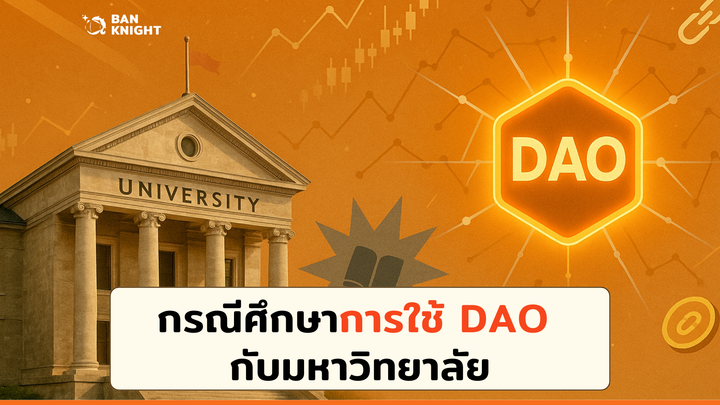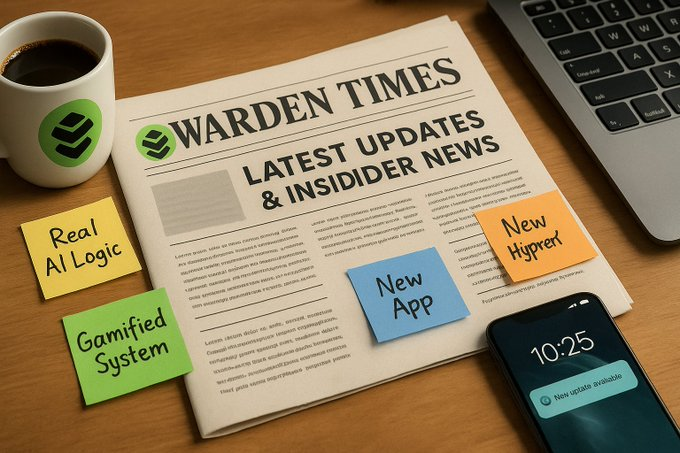Unlocking Capital Efficiency and Seamless Cross-Chain Interactions: Mitosis and Caldera in the DeFi Landscape
Introduction to Mitosis and Caldera
In the rapidly evolving DeFi landscape, two protocols have emerged as pivotal players: Mitosis and Caldera. Mitosis revolutionizes liquidity management by introducing programmable and cross-chain liquidity solutions, while Caldera addresses the challenges of interoperability among modular blockchains. Together, they represent a significant advancement in creating a seamless and efficient DeFi ecosystem.Mitosis University
Mitosis: Transforming Liquidity Management
Mitosis redefines liquidity provisioning by tokenizing liquidity positions into standardized assets—miAssets and maAssets. These tokenized positions enable liquidity providers to retain ownership and flexibility over their assets while participating in yield-generating strategies across multiple DeFi applications .Medium+1Mitosis University+1
Caldera: Enhancing Interoperability
Caldera focuses on enhancing interoperability within the DeFi ecosystem. Through its Metalayer, Caldera enables seamless communication between different blockchain networks, facilitating the transfer of assets and data across chains.This interoperability is achieved through the use of advanced protocols and partnerships, ensuring that users can access a wide range of DeFi services without being confined to a single blockchain .caldera.xyz
The Role of Mitosis Vaults
Mitosis Vaults are smart contract-based liquidity pools that automatically distribute assets for yield generation. These Vaults operate across different blockchain networks, allowing users to deposit assets on one chain while receiving corresponding Vanilla Assets on the Mitosis Chain. This cross-chain capability enables users to deploy liquidity in the most capital-efficient manner, without being restricted by the limitations of a single blockchain .Mitosis University+2Mitosis University+2Mitosis University+2
Vanilla Assets: Ensuring Flexibility
Vanilla Assets serve as the backbone of the Mitosis ecosystem. Unlike traditional liquidity tokens, which are often restricted to a single protocol or chain, Vanilla Assets are fully interoperable, allowing users to navigate multiple DeFi ecosystems without fragmentation. These assets maintain a 1:1 ratio with the underlying collateral, ensuring that users can freely transfer or deploy them while preserving their intrinsic value .Mitosis University
Caldera's Metalayer: A Unified Interoperability Solution
The Metalayer is an interoperability network that consists of three complementary systems: the Execution Layer, the Settlement Layer, and the Developer Toolkit. This architecture enables developers to onboard liquidity and users onto rollups without being forced to engineer their applications around yesterday’s architecture. The Metalayer abstracts away the complexity of different rollup technologies, sequencers, and bridge protocols, allowing developers to focus on building innovative products .caldera.xyz
Integrating Mitosis and Caldera
The integration of Mitosis and Caldera brings together the strengths of both protocols, creating a more robust and interconnected DeFi ecosystem. While Mitosis focuses on optimizing liquidity across multiple networks, Caldera enhances the interoperability between these networks, ensuring that assets can move freely and securely. This collaboration allows users to benefit from a wide array of DeFi services, maximizing their potential returns and minimizing the complexities associated with cross-chain interactions.
Ecosystem-Owned Liquidity (EOL) and Governance
Ecosystem-Owned Liquidity (EOL) is a framework within Mitosis that aggregates individual liquidity providers' assets to collectively manage and allocate liquidity across multiple DeFi platforms. This approach democratizes access to preferential yields and ensures that liquidity is efficiently utilized. Governance within EOL is facilitated through the use of miAssets, which grant holders voting power to influence liquidity allocation strategies. This collective governance model fosters a more inclusive and transparent DeFi ecosystem .
Caldera's Developer Toolkit
Caldera provides developers with a comprehensive toolkit to build and deploy applications on its platform. The Developer Toolkit includes a simple API, SDK, and prebuilt UI components, abstracting away the complexity of message passing.This enables developers to create innovative applications without being burdened by the intricacies of interoperability protocols. As technical advancements in interoperability come to market, the Metalayer uses them, allowing developers and users to automatically benefit .caldera.xyz
Liquid Restaking: Enhancing Capital Efficiency
Liquid restaking is a process that allows users to stake assets while maintaining liquidity for DeFi activities. Mitosis supports liquid restaking, enabling users to earn staking rewards without locking up their assets. This feature enhances capital efficiency by allowing assets to be utilized in multiple DeFi applications simultaneously.caldera.xyz
Security and Infrastructure
Security is paramount in DeFi, and both Mitosis and Caldera address this by implementing robust infrastructures that scale with the growth of their ecosystems. By leveraging decentralized validation and incentivizing participation through mechanisms like liquid restaking, they ensure that their security models evolve in tandem with their expanding ecosystems.
Community Engagement and Rewards
Community engagement is at the heart of both Mitosis and Caldera's ethos. Through programs like Yapper Leaderboard, users are recognized and rewarded for their contributions, fostering a sense of belonging and motivation. This community-driven approach enhances the protocols' resilience and adaptability.
Conclusion
In conclusion, Mitosis and Caldera represents a significant advancement in the DeFi space. By combining Mitosis's modular liquidity protocol with Caldera's interoperability solutions, users gain access to a more efficient and interconnected DeFi ecosystem. This not only enhances the user experience but also sets the stage for the next generation of decentralized financial services.



Comments ()